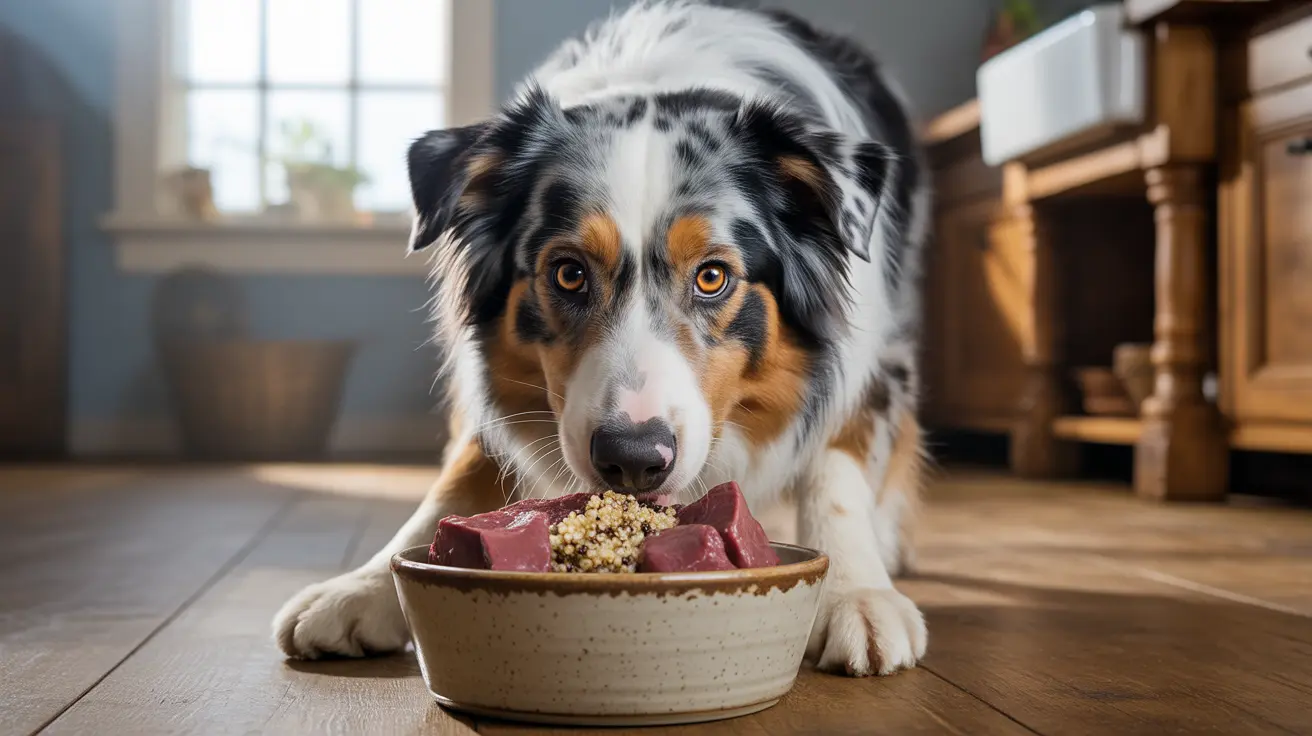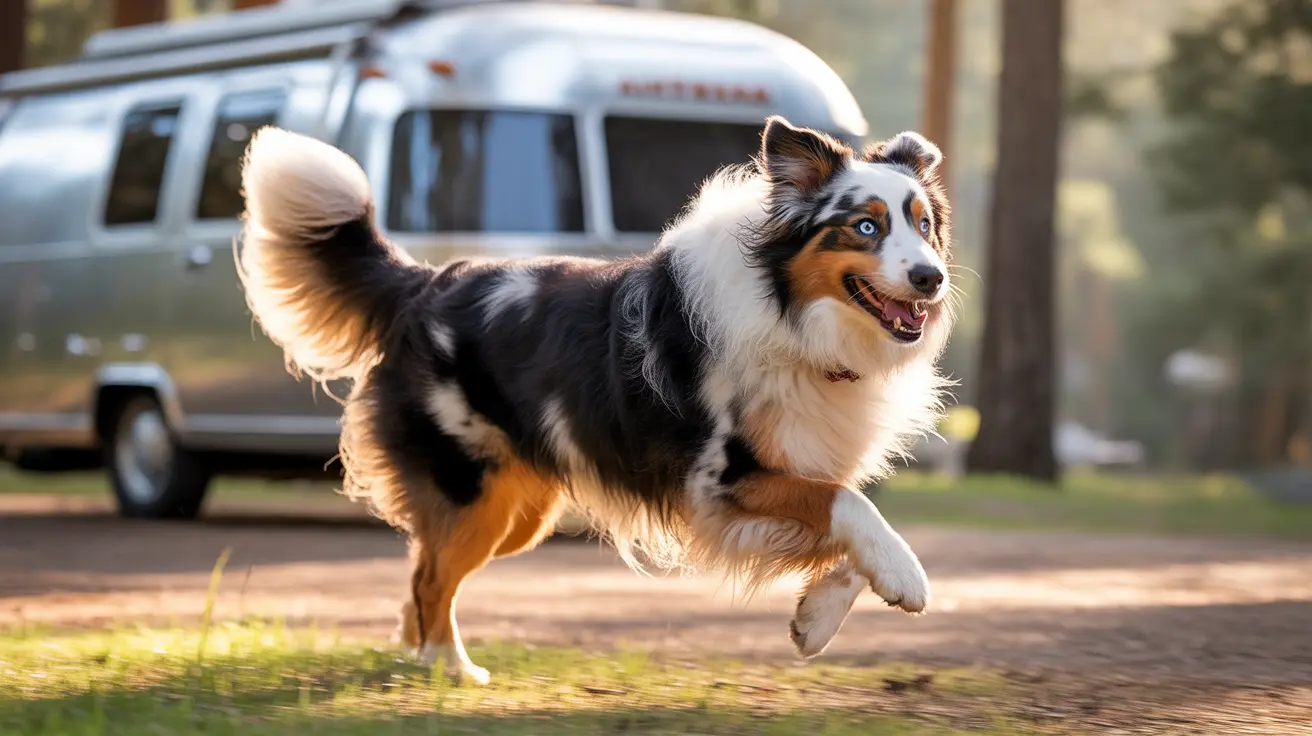If you're a dog owner, you've likely experienced the frustration of coming home to find garbage scattered across your floor. Dogs getting into trash isn't just a nuisance – it can pose serious health risks to your furry friend. This comprehensive guide will show you proven methods to keep your dog out of the trash, ensuring both your home's cleanliness and your pet's safety.
Understanding why dogs are attracted to trash and implementing effective prevention strategies is crucial for any pet owner. From specialized trash can designs to behavioral training techniques, we'll explore all the solutions you need to tackle this common problem.
Understanding Why Dogs Raid the Trash
Dogs are naturally drawn to trash cans for several compelling reasons. Their keen sense of smell – up to 100,000 times more powerful than humans' – makes even sealed garbage containers irresistible. Food scraps, interesting odors, and the natural scavenging instincts inherited from their wild ancestors all contribute to this behavior.
Boredom, anxiety, and inadequate mental stimulation can also drive dogs to explore trash as a form of entertainment or stress relief. This is particularly common in high-energy breeds and young puppies who need additional physical and mental engagement.
Health Risks of Trash Access
When dogs get into the trash, they risk encountering numerous hazards:
- Toxic foods (chocolate, grapes, onions)
- Sharp objects (tin cans, broken glass)
- Moldy or spoiled food
- Cleaning products and chemicals
- Choking hazards (plastic wrap, strings)
- Bones that can splinter
These encounters can lead to serious medical emergencies, from severe gastrointestinal issues to potentially fatal complications if left untreated.
Effective Dog-Proofing Solutions
Secure Trash Can Options
Investing in a dog-proof trash can is one of the most effective solutions:
- Locking lid mechanisms
- Step-on pedal designs
- Sensor-activated openings
- Heavy-duty construction
- Built-in odor control
Strategic Placement and Storage
Where you keep your trash can matters significantly:
- Inside locked cabinets
- In pantries with childproof latches
- Behind closed doors
- In rooms your dog can't access
- Elevated or secured locations
Training Techniques for Prevention
Consistent training is essential for long-term success:
- Teach and reinforce "leave it" commands
- Reward good behavior around trash areas
- Redirect attention to appropriate toys
- Address underlying anxiety or boredom
- Establish regular feeding schedules
Environmental Management
Creating an environment that discourages trash-raiding behavior:
- Regular trash removal to minimize tempting odors
- Secure outdoor garbage storage
- Pet-safe deterrent sprays around trash areas
- Adequate exercise and mental stimulation
- Alternative chewing and activity options
Frequently Asked Questions
Why are dogs attracted to trash, and how can I prevent this behavior?
Dogs are attracted to trash due to their powerful sense of smell and natural scavenging instincts. Prevention involves secure storage, proper training, and ensuring your dog has adequate mental and physical stimulation.
What are the safest and most effective ways to dog-proof a trash can?
The safest methods include using locking lid mechanisms, step-on pedals, or storing trash in secured cabinets. Commercial dog-proof trash cans and childproof locks are also highly effective solutions.
Can using a foot pedal trash can keep my dog out of the garbage?
While foot pedal trash cans can be helpful, they're most effective when combined with other features like locking lids or secure placement. Some clever dogs may learn to operate pedal mechanisms.
How can I train my dog to avoid the trash can using positive reinforcement?
Consistently reward your dog for ignoring the trash can, teach "leave it" commands, and provide appropriate alternatives for entertainment. Never punish trash-related incidents, as this can increase anxiety.
What are the most common health risks if my dog gets into the trash, and how should I respond?
Common risks include poisoning, choking, and intestinal blockages. If your dog gets into the trash, monitor for symptoms like vomiting, diarrhea, or lethargy. Contact your veterinarian immediately if you suspect they've ingested something dangerous.
Final Thoughts
Keeping your dog out of the trash requires a combination of proper equipment, strategic placement, and consistent training. By implementing these solutions and maintaining vigilance, you can protect your pet from dangerous situations while keeping your home clean and organized.
Remember that every dog is different, so you may need to try various approaches before finding the perfect solution for your situation. Stay patient and consistent, and don't hesitate to consult with your veterinarian or a professional trainer if you need additional support.






